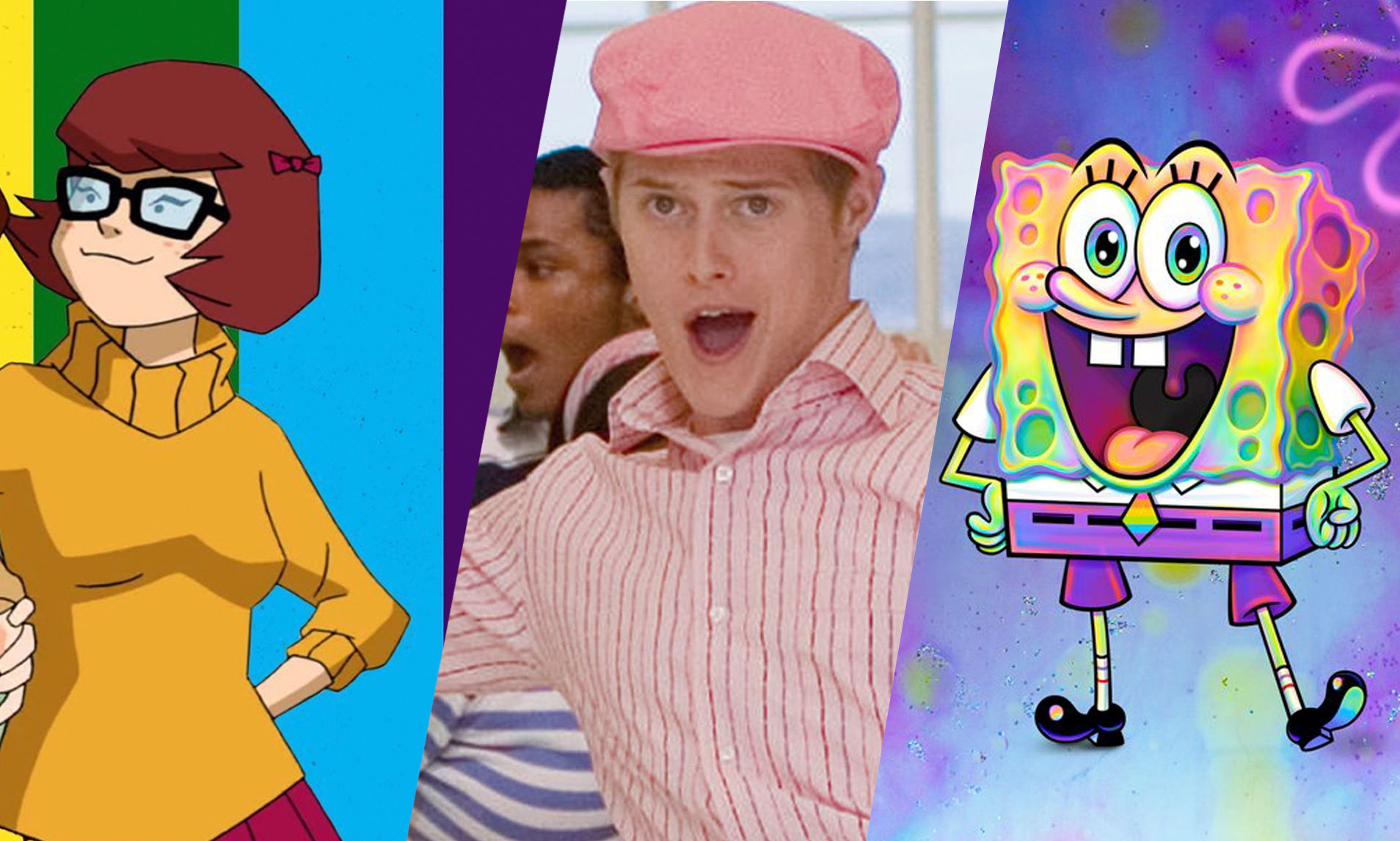
20 Aug We Need To Talk About “Coming Out” Headlines For Classic Characters
BY HANSEN BURSIC
If you have been paying attention to LGBTQ news media in the past three months, then you might have noticed LGBTQ “coming out” headlines have been having a moment. First High School Musical director Kenny Ortega “confirmed” Sharpay’s brother Ryan is gay, then Nickelodeon made headlines for including Spongebob from Spongebob Squarepants in their Pride Month post, and just last month Producer Tony Cervone “confirmed” Velma from Scooby-Doo! Mystery Incorporated was a lesbian. While widely celebrated in queer circles, these headlines actually uproot a much more complex history of queer coding and how these studios and filmmakers are positioning themselves in a new media environment.
Queer coding is when a character is sub-textually queer, but is never actualized or explicitly named as a queer character. This lens can similarly be applied to trans characters. There are so many examples, but to name a few: Ursula from The Little Mermaid who was directly based on a drag queen, Xena from Xena: Warrior Princess who was blatantly in love with her sidekick Gabrielle, and HIM from The Powerpuff Girls who reads as genderqueer. All of these characters speak to LGBTQ experiences, whether by drawing from queer cultural norms, engaging in gender play, or not so subtly abstaining from relationships with the opposite sex.
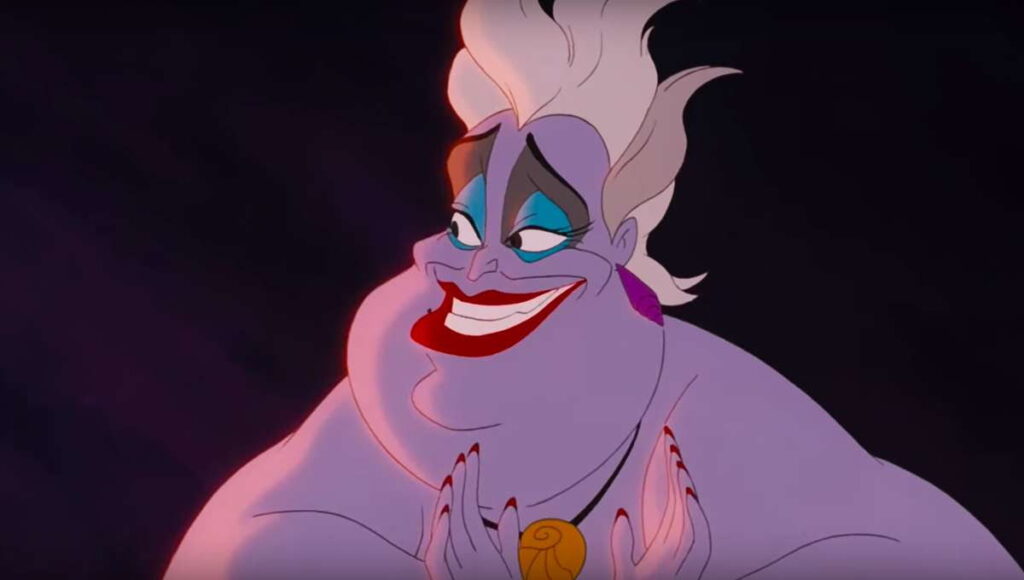
This practice has dark roots in Hollywood censorship. For nearly as long as film has been “an industry,” it has been nearly impossible to depict queer people on screen. The Hays Code, established in 1934, championed “morality” in cinema for over three decades. The code forbade positive depictions of LGBTQ characters and mandated that “sexual perversion,” as they stated, could only exist in a film if it was depicted as villainous, negative or psychotic. The only positive way to depict queer and trans characters on screen was to queer code them.
“We need to undo a century of damage” says Halo Rossetti, a Philadelphia based non-binary and queer filmmaker, referring to the depiction of trans people on screen. They recall ravenously looking through media growing up in the 1990s to find anything that connected to their sexuality and gender identity. “The entire industry was geared towards exclusion of [LGBTQ] individuals up until very recently, and even then it’s always this question of what we are allowed to show.”
Johanna Bear, a queer media scholar, can directly connect her perceptions of her own sexuality to the characters she grew up with, saying, “It’s not something I can easily articulate but I know that because I didn’t have access to the kinds of representation we have now, what I did have access to directly informed how I came to terms with my own queerness.”
Bear described her struggle with the legacy of queer coding because she knows it had a place in her perception of sexuality. “I think there are ways in which queer coding is absolutely necessary for queer survival” she says. “I am thinking specifically of queer kids in environments where explicitly queer content would not be allowed.” In this way, Bear points out, queer kids can read LGBTQ characters in ways parents or guardians wouldn’t be able to pick up on. She notes, however, that overwhelming amounts of queer coding starves LGBTQ people of explicit representation, especially now that acceptance is much higher. So what role do these headlines play in queer coding? As public opinion has shifted to supporting the LGBTQ community and their stories, having queer and trans characters has become something marketable for studios.
“I feel like those articles and headlines are framed to not only bait but also to provoke,” says Lars Keer, an LA-based filmmaker who identifies as pansexual. She explained that for her, the headlines seem to be more sensational than revealing. Keer points out that characters like Velma and Ryan have always been considered to be a part of queer culture, and although the confirmation is nice, it contributes to a newer trend that stems from queer coding called queer baiting.
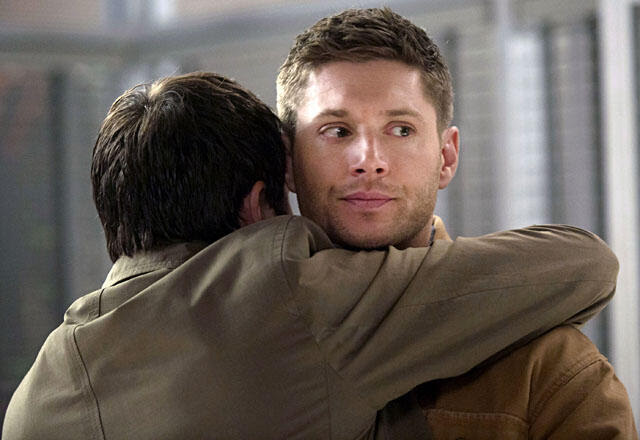
Queer baiting is when creators and marketers allude to queer romance or LGBTQ representation without actively depicting it on screen. While deeply intertwined with queer coding, queer baiting is more insidious in the sense that it actively gives audiences the impression that creators plan on actualizing their characters’ queerness, but instead, only use it as a tool to gain more fans. Examples can range from Supernatural’s “friendship” between Dean and Castiel which overtly capitalized on fans who were holding out for the two to get together, to Nickelodeon’s recent decision to include Spongebob from Spongebob Squarepants in a Pride Month post with almost no context given.
“I think it definitely ties into this idea of the commodification of social justice” said Bear “If [studios] say that these characters are queer, people are going to purchase ‘X Y Z’ movie, stream ‘X Y Z’ TV show.” Bear explains that in this way, studios can capitalize on a new market of LGBTQ fans without putting in the work of creating substantive LGBTQ representation.
For Nickeloden’s Spongebob, the creator Stephen Hillenburg clarified all the way back in 2005 that Spongebob was asexual, but never clarified if he was gay. Nevertheless, headlines plunged forward and Nickelodeon offered no clarity beyond their vague social media post.
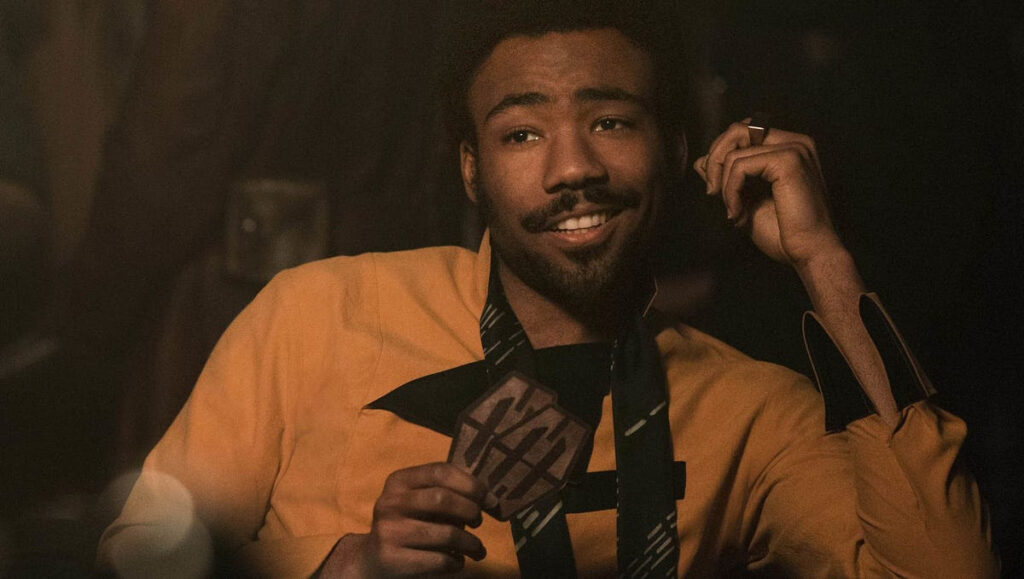
‘If you’re not going to make your characters explicitly queer on-screen,
don’t expect the brownie points‘
“It is really important that [characters] refer to themselves as queer, trans, or gay, and that be normal” said Rossetti “but I need to see it, I need to see gay kisses, gay sex, and gay love affairs, and not just in side plots, but woven into main plotlines.” The trend of telling and not showing is abundant in media today, with examples ranging from JK Rowling claiming Dumbledor in the Harry Potter Series is gay to Donald Glover feeding into speculation that Lando Calrissian in the Star Wars Franchise is pansexual. For Rossetti, both the language and the visual confirmation are essential to depicting queer and trans characters, and having them own who they are.
So what do studios and networks need to do if they really want LGBTQ viewers? Keer says: hire us and let us tell our stories. “I think step one is hiring diversely,” Keer stated. “[Studios and networks] have to not only be conscious of LGBTQ representation but the intersections of how race can affect your queerness or transness, and how disability can affect your queerness or transness.”
When asked what shows are doing it right—both Keer and Rossetti pointed to She Ra and the Princess of Power, an animated series on Netflix (**Editor’s Note: spoilers ahead**). The show, marketed toward kids, has a main plot that is irrefutably tied to the love story between the main characters, Adora and Catra—a love story that saves the day in the end. “I am 32 years old and I have never seen that ever in a mainstream piece of media,” said Rossetti.
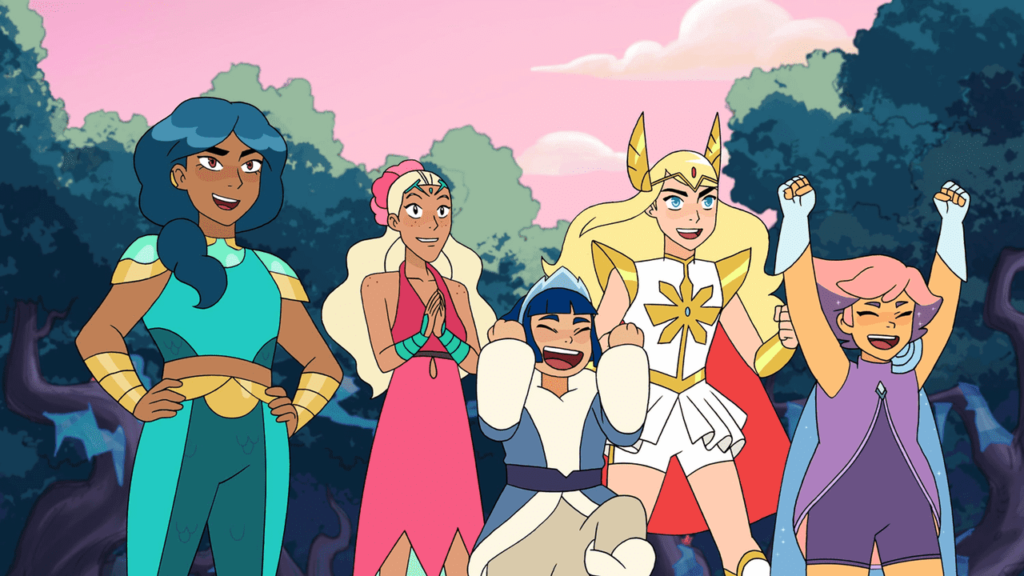
She-Ra’s showrunner, Noelle Stevenson, identifies as a gay woman, and was hired as a 24-year-old. Rossetti stressed the importance of her tireless work making this queer love story vital to the plot, so that no executive at Netflix could strike it down without compromising the main plotline. “Listen to young people, trust and believe young people” said Rossetti, “and don’t make them work so hard. Also, if you are a young person in media, don’t compromise your vision so you can be more palatable.”
The “coming out” headlines have little to add to the conversation when it comes to LGBTQ representation in the media, but the future is bright. Rossetti and Keer are among many other LGBTQ creators working on films that center the experiences of growing up queer and trans. It is imperative that studios, journalists and audiences make every effort to support queer authored stories.
Keer is in development for a project titled Junebug, which tells the story of a queer girl falling for her older sister’s friend. The story centers Keer’s personal experiences growing up queer with two older sisters. Rossetti is in pre-production for their Temple University MFA Thesis film, PONY, in which a late-90s genderqueer preteen defies their grieving mother and uncomprehending best friend to embody their true gender and sexual identities in the wake of a devastating family tragedy. Rossetti describes the project as a meditation on trans representation in the media, the epidemic of trans youth and child suicide ravaging the US and internationally, and the difference that a parent’s support can make in a trans child’s life. To learn more about these filmmakers and their work, check out Halo’s website and Lars’ Twitter. You can also learn more about PONY on the film’s website and donate to the crowdfunding campaign.

@HansenBursic is an award-winning filmmaker and LGBTQ rights advocate. His work has screened internationally at festivals and art galleries such as Frameline, The Women’s Film Festival, and Vox Populi. Recently, he has been working with the Pennsylvania Values Campaign as their Lead Media Coordinator to get statewide protections for LGBTQ people in employment, housing, and public accommodation.
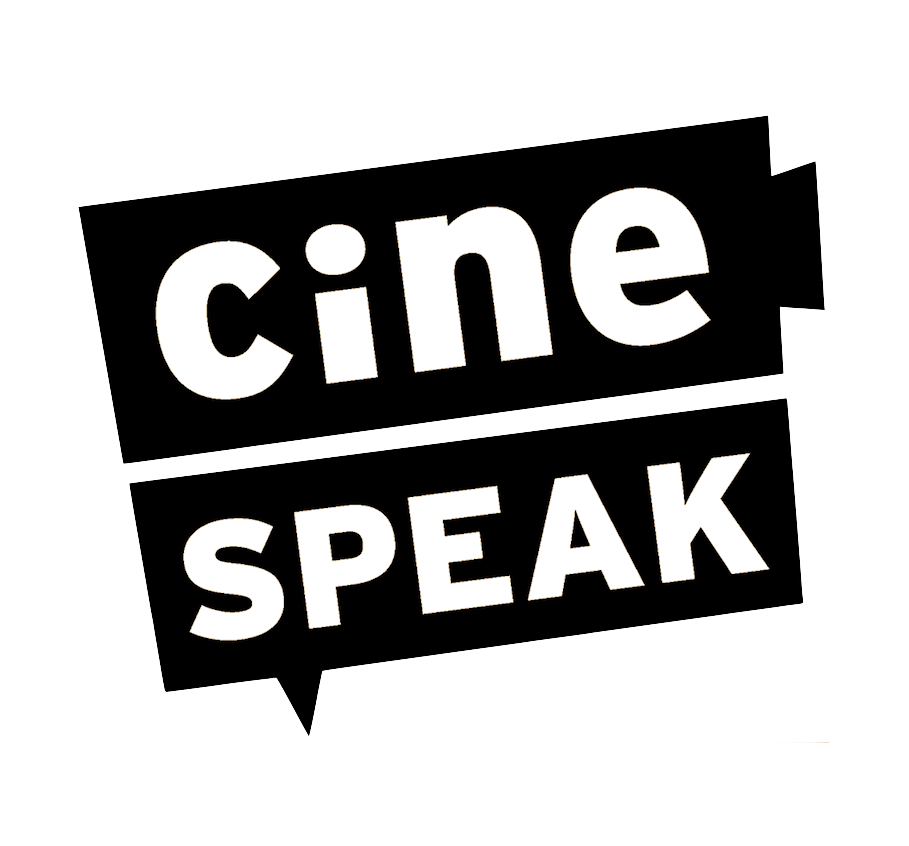
Sorry, the comment form is closed at this time.